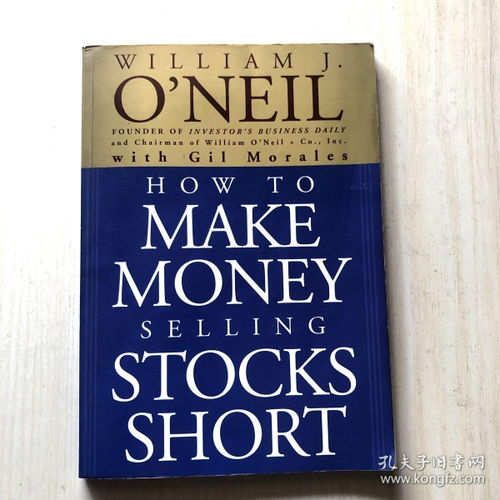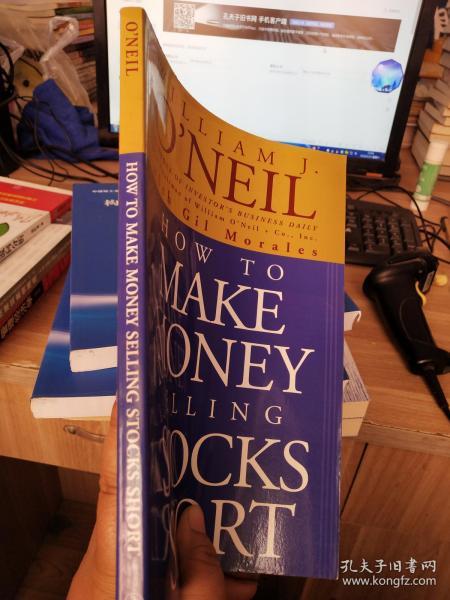how to make money selling vintage clothes,How to Make Money Selling Vintage Clothes
How to Make Money Selling Vintage Clothes
Are you looking for a unique way to make money? Selling vintage clothes can be a thrilling and profitable venture. With the right approach, you can turn your passion for fashion into a lucrative business. Here’s a detailed guide on how to make money selling vintage clothes.
Understanding the Market

Before diving into the world of vintage clothing, it’s crucial to understand the market. Research popular vintage styles, trends, and the types of clothing that are in demand. Social media platforms like Instagram and Pinterest are great places to see what’s trending.
Here’s a breakdown of the types of vintage clothing that are typically in demand:
| Category | Description |
|---|---|
| 1950s Fashion | Classic styles like poodle skirts, circle dresses, and saddle shoes. |
| 1960s Fashion | Mod styles, miniskirts, and go-go boots. |
| 1970s Fashion | Flared jeans, disco attire, and platform shoes. |
| 1980s Fashion | Bright colors, neon, and oversized clothing. |
| 1990s Fashion | Grunge, hip-hop, and baggy jeans. |
Source Your Inventory

Once you have a good understanding of the market, it’s time to source your inventory. Here are some tips for finding quality vintage clothing:
- Thrift Stores: These are a great place to find affordable vintage clothing. Visit different stores to find unique pieces.
- Garage Sales: Attend local garage sales and look for hidden gems. You might find something rare or in excellent condition.
- Online Marketplaces: Websites like eBay, Poshmark, and Etsy offer a vast selection of vintage clothing. You can also find suppliers who specialize in vintage clothing.
- Garage Sale Apps: Apps like Nextdoor and OfferUp can help you find garage sales and deals in your area.
Prep Your Inventory

Before listing your vintage clothing, it’s essential to prep it. This includes cleaning, repairing, and organizing your inventory. Here’s a step-by-step guide:
- Cleaning: Wash or dry clean your clothing to remove any stains or odors. Use gentle detergents and follow the care instructions on the labels.
- Repairing: Fix any rips, tears, or missing buttons. This will help increase the value of your items and make them more appealing to buyers.
- Organizing: Sort your inventory by style, size, and condition. This will make it easier to find items when you’re listing them online or at a sale.
Listing Your Items
Now that your inventory is prepped, it’s time to list your items. Here are some tips for creating effective listings:
- High-Quality Photos: Use natural lighting and a clean background to showcase your items. Take multiple photos from different angles.
- Detailed Descriptions: Include information about the item’s size, color, material, and any unique features. Be honest about any flaws or wear and tear.
- Competitive Pricing: Research similar items to determine a fair price. Consider factors like the item’s condition, rarity, and demand.
Marketing Your Business
Marketing is key to attracting customers. Here are some strategies to promote your vintage clothing business:
- Social Media: Create accounts on platforms like Instagram, Facebook, and Pinterest. Share photos of your inventory and engage with your followers.
- Online Advertising: Use Google Ads or social media ads to reach a wider audience.
- Local Events: Attend local events, fairs, and markets to


